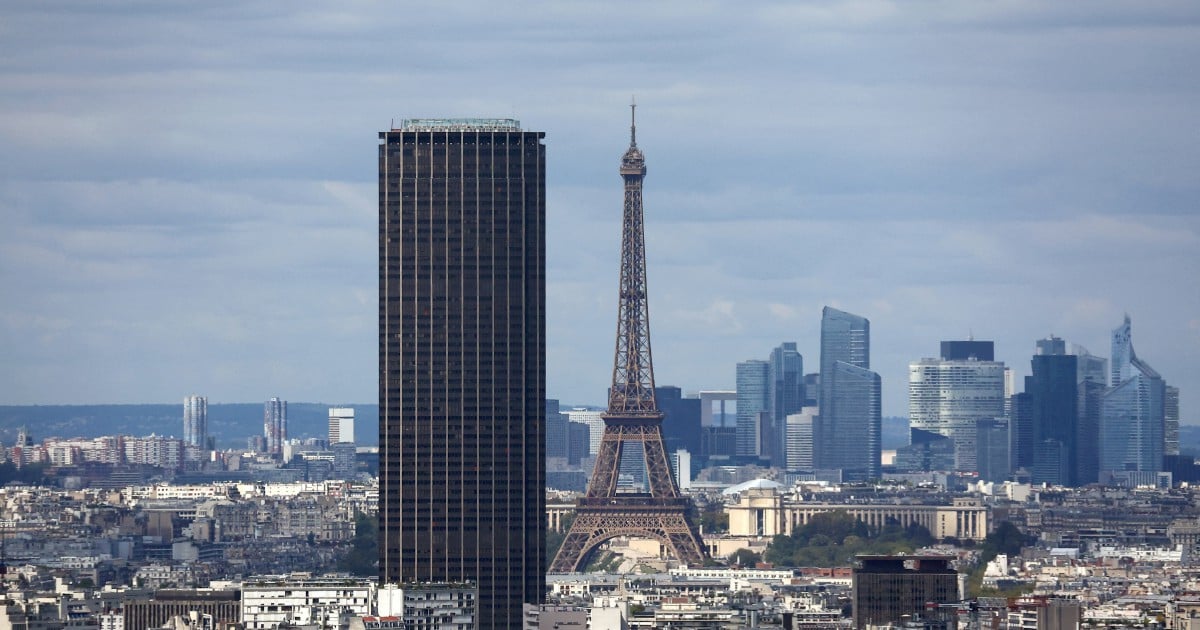THE vibes in the environment reflect an irrelevant West. The Euro-American world has been demotivating, at least for some academics who feel that the corpus we have engaged in for some decades is suffering from a lack of credibility.
It would be extremely pertinent now to revisit the West — before it decomposes itself amid the ruins of Gaza. Our ideas of “East” and “West” have never been free from myth and fantasy.
Significantly, even to this day, they are not primarily ideas about place and geography. This was written more than 30 years ago. Sociologist and cultural theorist Stuart Hall needs a hearing.
His work, The West and the Rest: Discourse and Power, first published in 1992, needs a re-reading. “West” and “western” represent very complex ideas. It must be remembered that these have no simple or single meaning.
Hall argues that while it is true that what we call “the West” first emerged in Western Europe, it is no longer in Europe; and in what we are seeing, not all of Europe is in “the West”.
And Europeans, too, have long been unsure about where Europe “ends” in the east.
At the time of writing, in the aftermath of the Cold War, Eastern Europe (lest we forget) doesn’t (doesn’t yet? never did?) belong properly to “the West”; whereas the United States, which is not in Europe, definitely does. On another note, we are seeing Ukraine struggling to be part of the West.
In the 1980s, in my International Communication and International Relations classes at the University of Minnesota, Twin Cities, we were reminded that Japan is “Western”, though on our mental map, more so in the thinking of the Westerner, it is about as far “East” as you can get.
By comparison, much of Latin America, which is in the Western hemisphere, belongs economically then and now, to the “Rest”, not to Europe.
Hall’s premise is that “the West” is a historical, not a geographical construct.
Before we whizz through the “post-Artificial Intelligence Age”, we return to the classic developmentalist narrative that the West is “a society that is developed, industrialised, urbanised, capitalist, secular and modern”.
Hence, “the West” is also an idea and a concept of much interest. The rise of “the West” as an idea, a language certainly has its effects on us in “the East”.
Hall suggests that the concept or idea of “the West” can be seen to function in the following ways:
First, it allows us to characterise and classify societies into different categories, i.e. “Western” and “non-Western”. It is a tool to think with. It sets a certain structure of thought and knowledge in motion.
Second, it is an image, or a set of images. Over the last 600 days of the catastrophe in Gaza, that image is seeing a shift in tone and tenor. That image condenses a number of different characteristics into one picture.
Hall calls up in our mind’s eyes, emphasising that it represents in verbal and visual language, a composite picture of what different societies, cultures, peoples and places are like.
“The West” functions as part of a language, a “system of representation”.
“I say ‘system’ because it doesn’t stand on its own, but works in conjunction with other images and ideas with which it forms a set,” Hall reminds us in no uncertain terms.
Examples are “Western”= urban = developed; or “non-Western” = non-industrial = rural = agricultural = under-development.
Third, “the West” provides a standard or model of comparison. It allows us to compare to what extent different societies resemble, or differ from, one another. It helps to explain differences.
Fourth, according to Hall, is that it provides criteria of evaluation against which other societies are ranked and around which powerful positive and negative feelings cluster.
Sentiments can be found in “the West” = developed = good = desirable; or the “non- West” = under-developed = bad = undesirable.
“The West” functions (and dysfunctions) as an ideology.
“The West and the Rest” poses a puzzle in sociology — once produced, became productive in its turn, having effects enabling us to know or to speak of certain things in certain ways.
“The West” is a system (of representation) which has the concepts of “the West” and “the Rest” at its centre.
It may now represent unreason and uncivility. The centre is shifting in bizarre and brutal ways, displaying more than cracks on the wall.
* The writer is professor of social and intellectual history at the International Institute of Islamic Thought and Civilisation, International Islamic University Malaysia (ISTAC-IIUM)
© New Straits Times Press (M) Bhd






